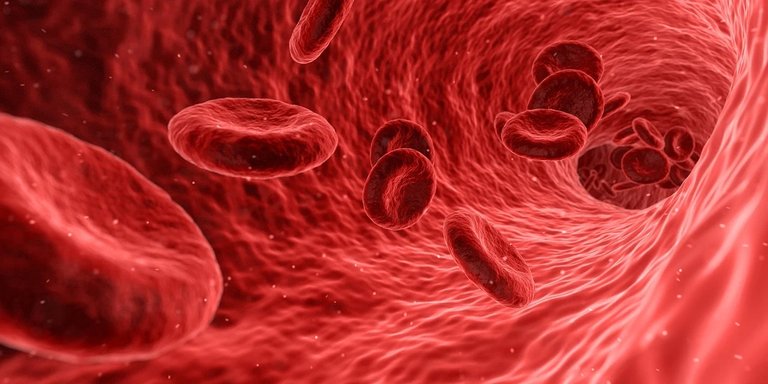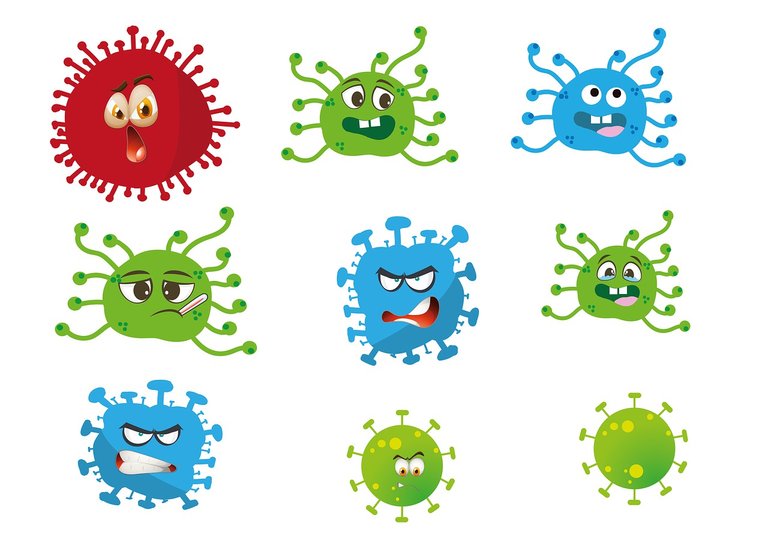Classification of Immunity
There is a complex management of the destruction of pathogens inside and outside the body, which is known as the immune system. Immunity is mainly of two types. Describing them below-
Acquired Innate Immunity: Every animal comes with an immune system from birth. The part of immunity that is present in the body from birth is called innate immunity. For example, the keratin layer of the skin, tears, cilia of the respiratory system, blood cells (neutrophil macrophages), etc.
Acquired Immunity: Not all immune systems are present in the animal body from birth. But immunity has to be acquired gradually. The part of immunity that is acquired after birth is called acquired immunity. Acquired immunity is created when a harmful microorganism or a harmful substance enters the body. That is, the immunity or immunity that emerges due to the needs of the body is acquired immunity.
Acquired immunity can again be divided into 2 categories:
Based on the controlled medium: Based on the controlled medium, acquired immunity or immunity can be divided into three categories.
These are (A) Cell-mediated or Cellular Immunity.
(B) Antibody-mediated or Humoral Immunity
(c) Interferon Immunity
Cell-mediated immunity: In this type of immunity, the body produces certain cells that react with antigens that penetrate the surface of other host cells. These cells can kill virus-infected host cells. These cells contain viral proteins on their surface. In this way, the newly formed cells repel the invading cells before they can attach to the virus. In other cases, the newly formed cells release a chemical signal that activates macrophages to destroy the invading cells. Thus the mechanism of immune regulation by newly generated cells is called cell-mediated immunity. J- Lymphomites are such cells.
Antibody-controlled immunity or immunity: In this type of immunity or immunity, a type of protein called antibody is produced, which is called immunoglobulin (Immunoglobulin, lg). Antibodies are carried in the blood and bind to harmful microorganisms or chemicals that enter the body and destroy them. By binding to the antibody (antitoxin) inactivates the virus and bacterial toxins (such as tetanus or botulism toxin) by preventing them from binding to the target cell receptor. Precipitin-like antibodies coagulate antigen molecules. In this way, when an antigen enters the body, antibodies are formed against it and maintain the proper immune system of the body.
Interferon immunity or immunity: Interferon antiviral protein (AVP) is produced in the body, which stops cell division by inhibiting the protein synthesis and nucleic acid production of the virus. Viral diseases like eye disease, hepatitis, kidney disease, lung and breast cancer, etc. actively participate.
Depending on the activity: Acquired immunity can be further divided into two categories depending on the activity. These are- (a) Direct or Active Immunity (Active Immunity) (b) Indirect Immunity or Immunity (Passive Immunity) Lymphoma is formed. These antibodies and T-lymphocytes multiply the immune system of the body. Active immunity
Direct or active immunity: The advantage of antibodies and T or immunity when microorganisms, antigens, enter the body is that they remain active in the body for a long time. Its disadvantage is that it starts slowly.
Indirect Immunity: As the mammal grows, some antibodies pass from the mother's body through the placenta to the fetus or after birth through milk to the baby. Immunity mediated by such antibodies is called indirect immunity. It is at least for a short time after birth.
In addition to the mentioned immunity or immunities, there is a more special type of immunity or immunity called active artificial immunity or immunity. It basically enhances the body's immune system by entering the pre-made antibodies into the body.
I am a student of zoology and credit for this article goes to Madam Rita Parvin, Sir Shamol Shordar, Sir MD Rafikul Islam, Sir Shafiullah Shopon

